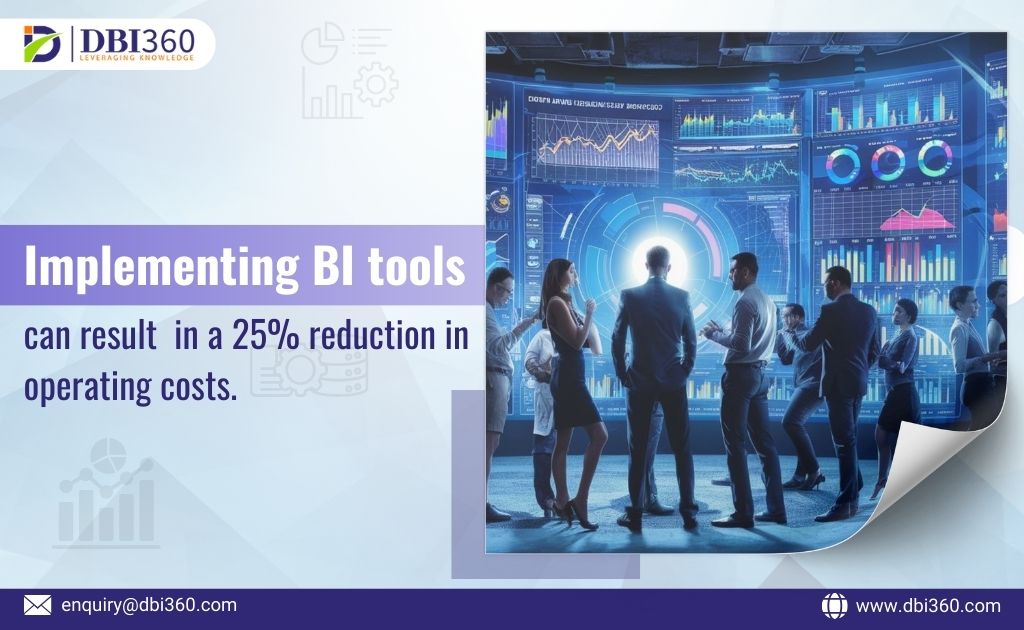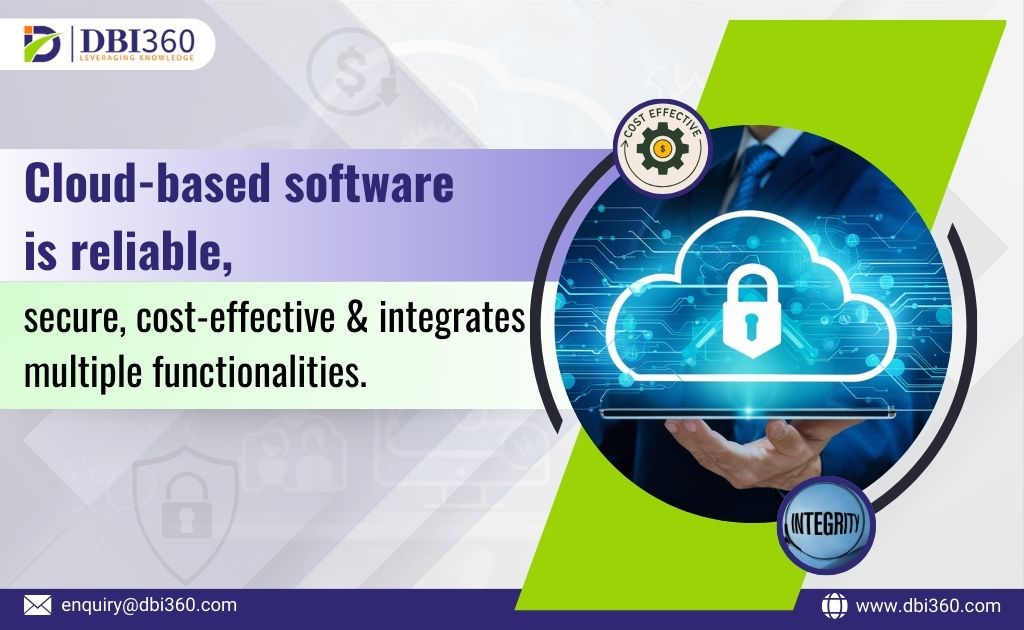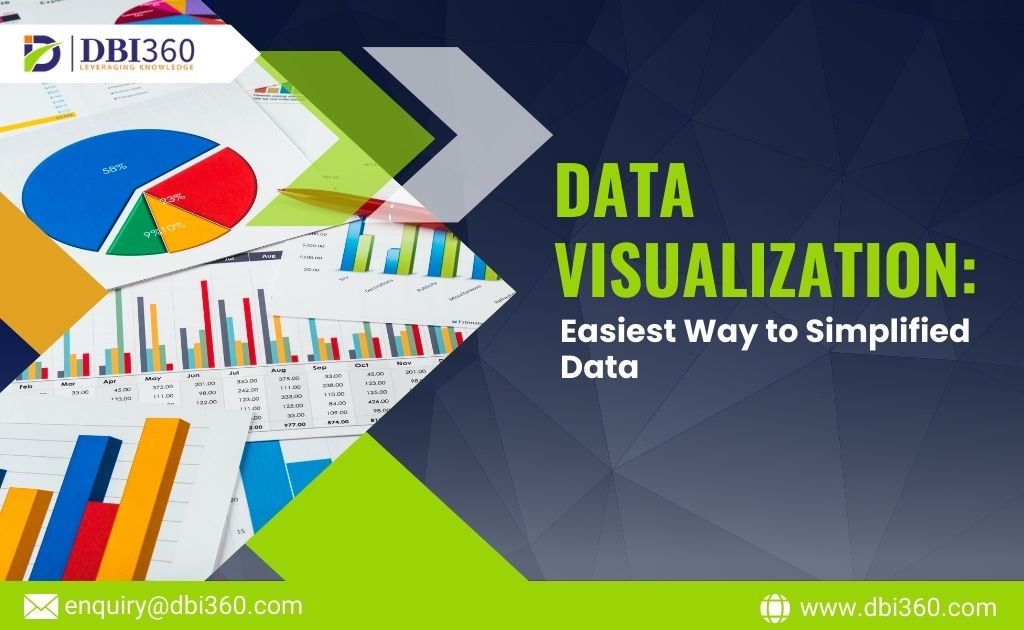Introduction
In today’s data-driven world, businesses rely heavily on data to make informed decisions, gain insights, and drive growth. However, data’s increasing volume and complexity can pose challenges in understanding the origin, transformations, and usage of data throughout its lifecycle. This is where data lineage emerges as a crucial concept. Data lineage allows organizations to trace the journey of their data, providing transparency, trust, and accountability.
In this blog, we will delve into the power of data lineage in enhancing transparency, improving data governance and compliance, and enabling better decision-making. Let’s embark on a journey to explore the benefits, best practices, and real-life examples of leveraging data lineage for improved data management.
Benefits of Data Lineage:
-
Enhanced Transparency: Data lineage provides a clear and detailed understanding about data. From origin, transformations, and movements of data, enabling organizations to gain insights into how data is created, modified, and consumed. This transparency enhances data governance and accountability.
-
Improved Data Governance: Data lineage serves as a crucial component of data governance. It enables organizations to establish data quality standards, track data dependencies, and ensure compliance with regulations. It empowers businesses to monitor data integrity, identify potential issues, and make informed data usage and retention decisions.
-
Facilitates Compliance: Compliance with regulatory requirements, such as GDPR, HIPAA, or CCPA, is a top priority for businesses. Data lineage is vital in demonstrating compliance by providing a comprehensive record of data sources, transformations, and usage. It enables organizations to respond to audit requests and regulatory inquiries quickly.
-
Reliable Decision-Making: Tracing the lineage of data allows businesses to understand the context and reliability of the data they use for decision-making. It helps identify potential biases, errors, or inconsistencies in data, ensuring that decisions are based on accurate and trustworthy information.
Best Practices for Leveraging Data Lineage:
-
Establish Data Lineage Processes: Define transparent processes and methodologies to capture and maintain data lineage information.
-
This includes documenting data sources, transformations, and data movement across systems.
-
Utilize Automated Tools: Leverage data lineage tools and technologies that automatically capture and visualize data lineage. These tools can track data lineage in real-time, ensuring that lineage information is always current.
-
Document Metadata: Maintain comprehensive metadata documentation that includes information about data sources, data definitions, transformations, and lineage relationships. This metadata serves as a valuable resource for understanding the context and reliability of data.
-
Integrate Data Lineage with Data Governance: Align data lineage with data governance practices to ensure lineage information is integrated into data governance processes. This integration promotes a holistic approach to data management and decision-making.
Real-Life Examples of Data Lineage Implementation:
-
Company A, a global retail organization, implemented a data lineage solution that allowed them to track the journey of customer data across various systems and applications. This enabled them to ensure compliance with data privacy regulations and establish trust with their customers.
-
Company B, a financial institution, leveraged data lineage to trace the lineage of financial transactions from initial capture to reporting. This enabled them to identify potential data inconsistencies, improve accuracy, and enhance regulatory compliance.
-
Company C, a healthcare provider, utilized data lineage to understand the flow of patient data within their systems. This helped them identify data quality issues, improve data accuracy, and ensure compliance with healthcare regulations.
Conclusion:
Data lineage is a powerful tool that empowers businesses with transparency and trust in their data journey. Organizations can enhance data governance, ensure compliance, and make reliable decisions by tracing the origin, transformations, and usage of data. Implementing best practices, leveraging automated tools, and integrating data lineage with data governance processes are essential for successful data lineage implementation.
Real-life examples demonstrate the tangible benefits of embracing data lineage in various industries. Embrace data lineage as a critical component of your data management strategy and unlock the power of transparency and trust in your data journey.









